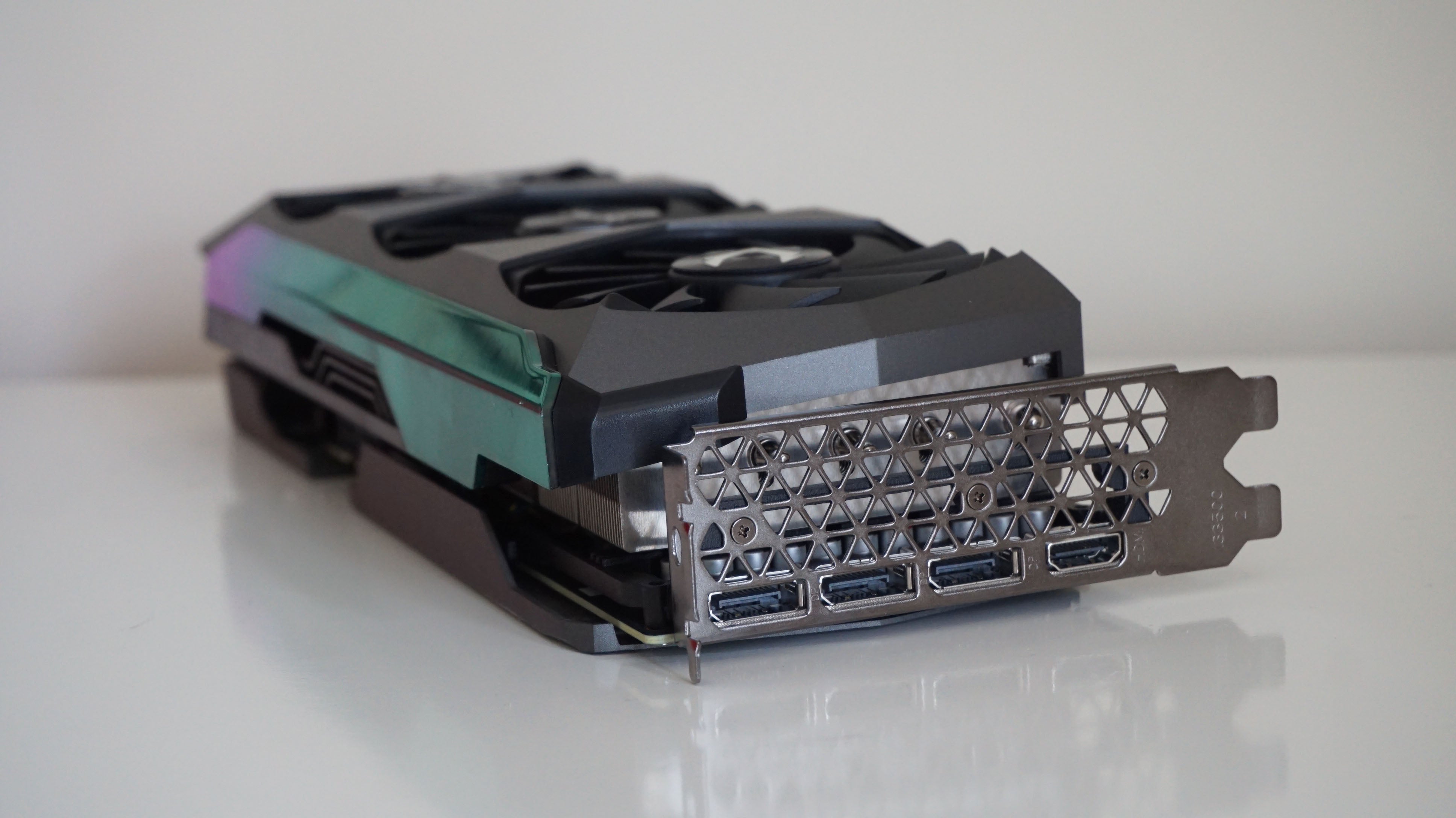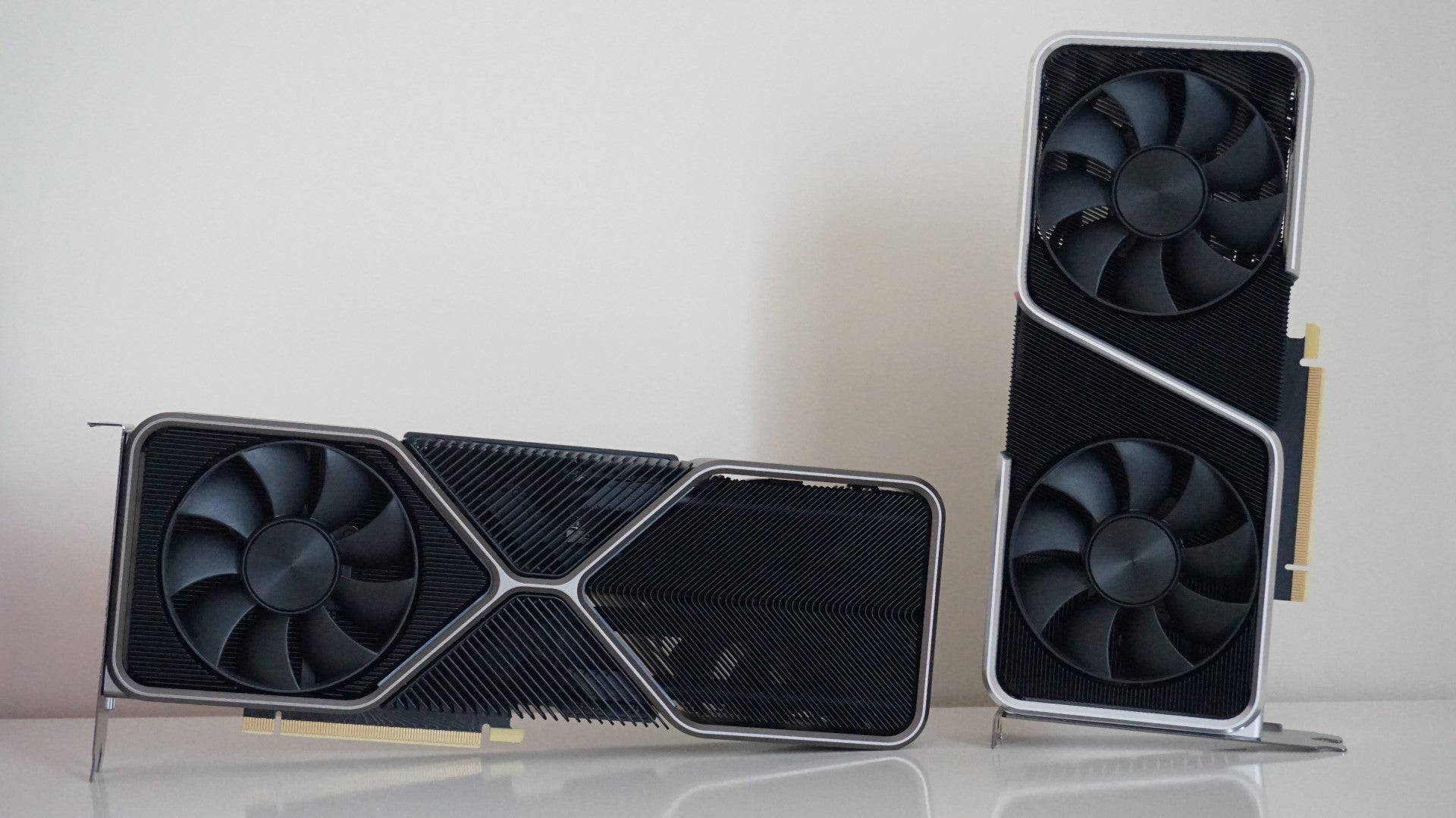Twelve months later, the roster of RTX 30 series GPUs – all built on Nvidia’s Ampere architecture – has grown to nine models, including more powerful Ti versions of the original RTX 3080 and RTX 3070. Actually buying one, sadly, is only a marginally less awful experience than it was on the RTX 3080’s big day. Considering Nvidia’s tendency to launch new architectures every two years, is it even worth holding out for RTX 30-series stock? Or should you wait a while longer to upgrade? If you haven’t been following graphics cards news this past year – understandable, as doing so has repeatedly made me want to eat glass – here’s a basic recap of what’s gone wrong. It was immediately apparent that Nvidia’s supply of RTX 3080, RTX 3070 and even £1,399 RTX 3090 GPUs wasn’t matching buyer demand, but while this made for a disappointing launch, it wasn’t all that surprising. The then-new range was promising drastically improved performance over the RTX 20 series at mostly restrained prices, so why wouldn’t people want to get on board? Resellers were no doubt adding unwelcome strain, and Nvidia’s store rightly took flak for a lack of effective protection against retail bots, but surely more stock would be on its way. It wasn’t. Or at least, it was, but only in sporadic, tiny amounts. What initially looked like a ho-hum paper launch was in fact the sum of multiple overlapping demand and supply issues that continue to limit graphic cards supplies today. And CPU supplies, and games console supplies, and even the supplies of some cars. The biggest of these issues is that Nvidia have been facing their own parts shortage, as higher industry demand for silicone and substrates has been compounded by pandemic-induced disruption to the production of these components. The result is that Nvidia can’t simply make more cards to keep up with demand, which itself has exploded for far more diverse reasons than a bunch of tasty-looking GPUs. Again, there’s the influence of bot-wielding resellers, and cryptocurrency mining re-emerged to spoil everything just like it did a few years ago. Less annoyingly, there’s also been a much wider need for PCs and PC components now that more people are staying at and working from home, adding to the demand for silicone even if not the Nvidia cards specifically. For the most part, the only way to secure an RTX 30 card for yourself has been to wait until someone on Twitter (shout out to RPS contributor Will, who diligently runs the Digital Foundry Deals account) catches a restock in progress, at which point you can attempt to pounce before it too is depleted by retail bots, miners, and other frame rate-starved PC owners. Recently, and with a bit of luck, it’s also been possible to just rock up to an online retailer and find some RTX 30 cards in stock. Sadly, this usually introduces yet another headache: vastly inflated prices. In classic capitalistic fashion, low supply multiplied by desperate demand equals gouging. One generally reputable UK site I literally just checked has several RTX 3060 Ti cards available for £700 apiece, £300 more than the RRP. Elsewhere, the original, £649 RTX 3080 regularly sells for over a grand. Perhaps, then, the question needs wording differently. Maybe it’s not so much about how long you should hold out for, it’s a matter of how much bullshit you’re prepared to wade through in exchange for a good GPU. And that’s the biggest shame – these are good GPUs! We’ve got three RTX 30 models in our best graphics card rankings, and even if you don’t go for the Ti models, the RTX 3080 and RTX 3070 have hardly aged when it comes to high-resolution performance. The lack of real entry-level/1080p models is unfortunate, but under normal circumstances, most of the existing RTX 30 series would get a recommendation in a heartbeat. Yes, even with the rumoured RTX 40 series seemingly arriving next year. (Speaking of rumours, there may also be an RTX 3080 Super and RTX 3070 Super coming in 2022, but so far these pretty much just exist in the form of social media gossip. If anything like the old RTX 2070 Super and RTX 2080 Super they’d also be more expensive, which doesn’t sound appealing given the inflation situation, so I’m not convinced they’re worth considering if you’re weighing up a GPU upgrade right now.) In these very much abnormal circumstances, though, not even the RTX 30 series’ brawniness necessarily makes for a worthwhile upgrade. Going restock-chasing might be justified if the cards were being sold at RRP, or slightly above for a quality partner card model, but when they’re hundreds of pounds over as a matter of course? Even if you beat the resellers and the miners to available stock, outside of some truly obscene luck, all you’d ultimately be winning is the opportunity to get ripped off. And there’s no refuge to be found in the equivalent AMD Radeon RX 6000 series either, as it’s facing the same perfect storm of supply and demand problems as Nvidia’s lineup, right down to the inflated prices. I know the allure of the new shiny thing as well as anyone, but considering both the miserable state of the GPU market and the likelihood of that misery extending well into next year, I do think the smarter move is to wait. Yeah, it sucks to make that call on purely economic reasoning, regardless of the quality of the cards, and especially when ray tracing and DLSS support is on the rise. Still, it’s better to be patient than to be taken advantage of, no matter how bouncy the light rays are.

